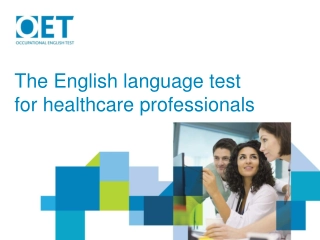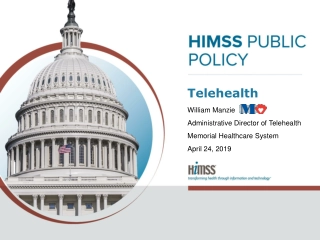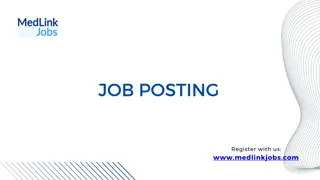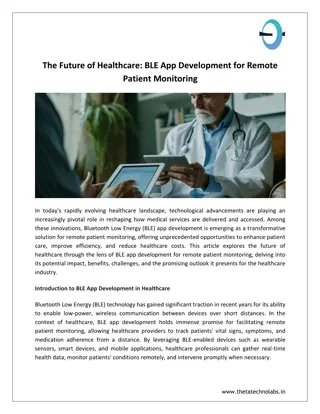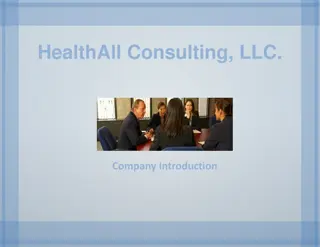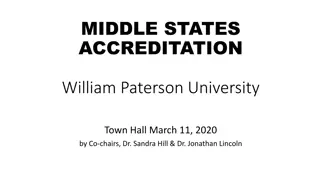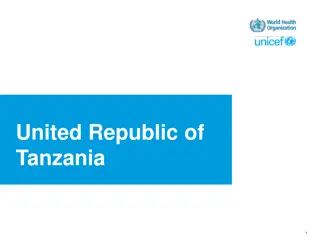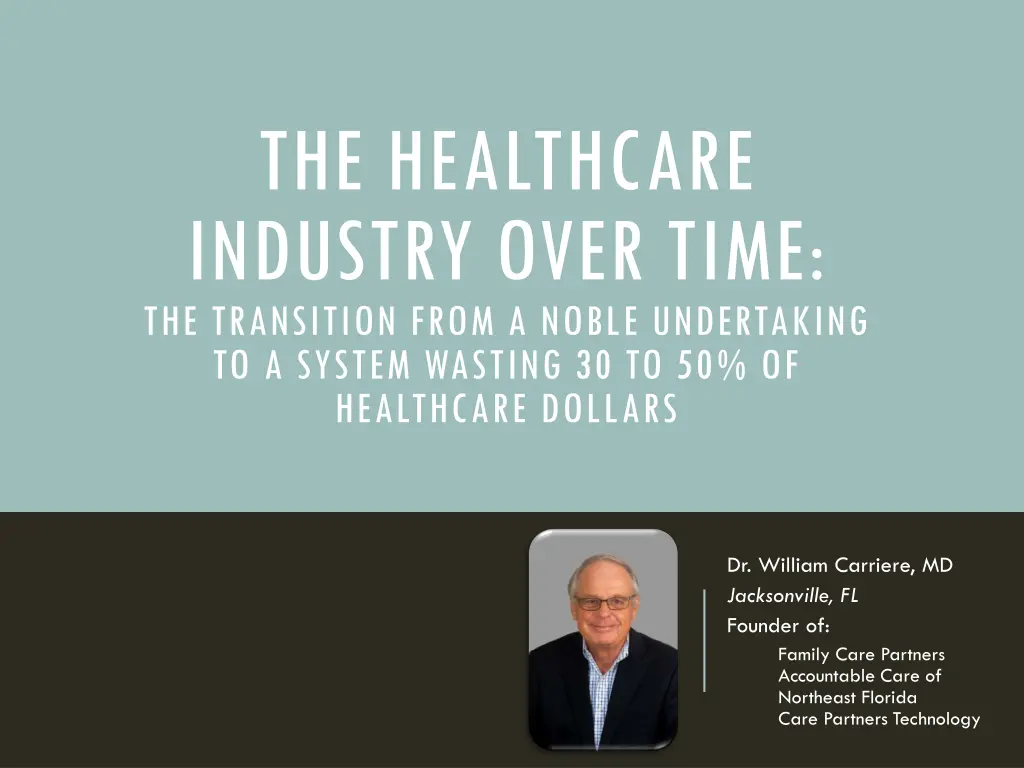
Transition of Healthcare Industry: From Noble Undertaking to System Wastage
Explore the evolution of the healthcare industry, highlighting the wastage of 30-50% of healthcare dollars and the unintended consequences of the current system. Learn about shifts towards Value-Based Care and the involvement of different funders in reshaping healthcare financing models.
Download Presentation

Please find below an Image/Link to download the presentation.
The content on the website is provided AS IS for your information and personal use only. It may not be sold, licensed, or shared on other websites without obtaining consent from the author. If you encounter any issues during the download, it is possible that the publisher has removed the file from their server.
You are allowed to download the files provided on this website for personal or commercial use, subject to the condition that they are used lawfully. All files are the property of their respective owners.
The content on the website is provided AS IS for your information and personal use only. It may not be sold, licensed, or shared on other websites without obtaining consent from the author.
E N D
Presentation Transcript
THE HEALTHCARE INDUSTRY OVER TIME: THE TRANSITION FROM A NOBLE UNDERTAKING TO A SYSTEM WASTING 30 TO 50% OF HEALTHCARE DOLLARS Dr. William Carriere, MD Jacksonville, FL Founder of: Family Care Partners Accountable Care of Northeast Florida Care Partners Technology
HEALTHCARE COSTS OVER TIME Formal Pricing System: RVU and the RUC Government Financing: Medicare/Hill-Burton Costs Need to Share Risk: Commercial Payers Explosion of Technology and Medical Innovation Pre Fee For Service: Reasonable and Customary Fees Time
UNINTENDED CONSEQUENCES OF THE CURRENT SYSTEM: REWARDS FOR QUANTITY New Technologies and Hospital Services became overvalued Cognitive abilities and Coordination became undervalued Attempts to correct overvaluations resulted in: Payers and Providers becoming adversarial Increased Requirements for Documentation Fragmented and silo-ed system
EVERY ENTITY FOR THEMSELVESAND MORE PAPERWORK, DUPLICATION AND COSTS FOR EVERYONE Primary Care Doctor Waste: Admin Costs Duplication of Services Overutilization of Overpriced Services Hospitals Specialists Hospital Admission Emergency Room Lab work/ Imaging Insurance Paperwork
A PARADIGM SHIFT The New System (Value Based Care) Current System (Fee For Service) Incentivizes Comprehensive & Coordinated Care AND Rewards Efficiency and Quality Healthcare is a Complex Sum of Different Parts That DO NOT Work Together
FUNDERS OF HEALTHCARE Government as Funders On a clear path from FFS to Risk Based Payment Employer & Patients as Funders ObamaCare subsidies for commercial insurance plans Quality Cost (Incentives coming for transition to Value) Value =
PAYMENT REFORM: THE NEW SYSTEM Quality incentives through Pay for Performance and Patient Centered Medical Home (PCMH) Shared Savings Risk adjusted capitation Bundled Payments Orthopedic procedures Cardiac procedures End Stage Renal Disease Disincentives Penalties for Readmissions Narrow Networks Value =Quality Cost
MACRA: MERIT BASED INCENTIVE PAYMENT SYSTEM (MIPS) Healthcare payment adjustments (positive or negative) based on performance in: Quality Measures Resource Use/Cost Meaningful Use of EHR Clinical Practice Improvement Performance Year Payment Year Maximum Negative Adjustment Maximum Positive Adjustment 2017 2019 -4% +12% 2018 2020 -5% +15% 2019 2021 -7% +21% 2020+ 2022+ -9% +27%
WHICH RISK MODEL WILL YOU BE IN? Provider Risk Provider Type Primary Care Specialty Care Multispecialty Care Payment Model Bundled Payment Bundled Payment ACO ACO Managing population health Managing episodes of care Managing population health Managing episodes of care Risk Type Clinical Integration: Multispecialty Care without walls
IMPACT ON THE RENAL PROFESSIONAL COMMUNITY Adjusting to a payment model that holds End Stage Renal Caregivers accountable for total care of their patient population Modality Choice Hospital Admission De-clotting Infection Responsibility moving towards: Prevent progression of CKD Oversee the care of patients at high risk for costly health complications Improve on disease-specific care quality measures
NO RISK, NO REWARDAND NO FREEDOM Full Capitation (MA Plans) Partial Capitation Clinical Freedom Shared Savings & Losses Shared Savings Financial Risk
THE END GOAL The Determinants of Population Health Current Focus: Medical Care 10% Lifestyle & Behavior 40% THE TRIPLE AIM 1) BETTER HEALTH 2) BETTER CARE 3) LOWER COSTS Social 15% Environmental 5% Human Biology 30%

